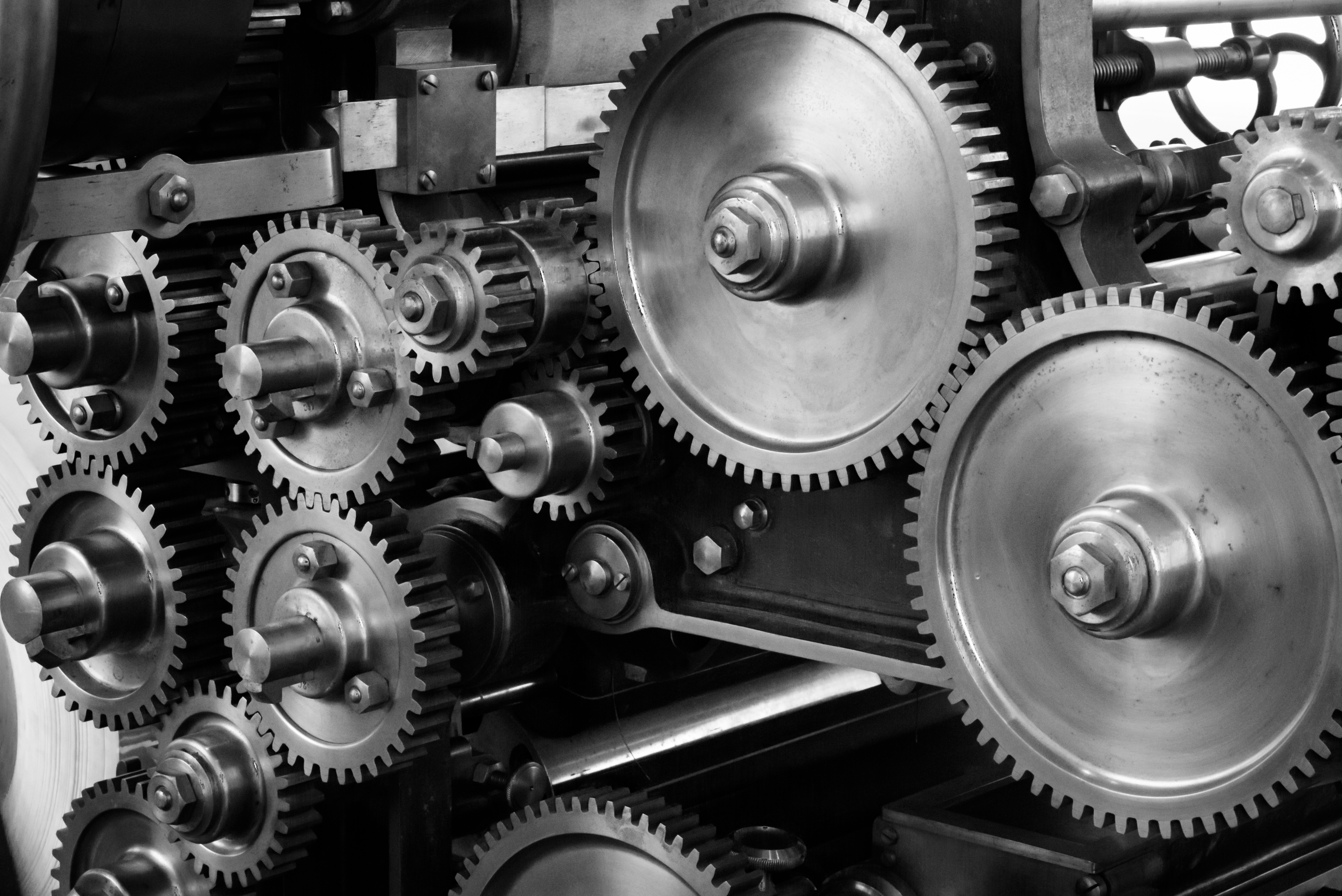Mechanical shaft keys in automotive power-transmission systems are used for transferring torque.
There are several types of shaft keys for efficient and cost-effective power transmission, including Parallel Keys, Square Keys, Rectangular Keys, Woodruff Keys, Taper and Grib-Head Keys, and Feather Keys.

Parallel keys
- Parallel Keys, sometimes called straight keys, come in two designs – square and rectangular.
- The key is accommodated into a slot that runs along the full length of the mechanical shaft. The Parallel Key is pressed into the key slots lined up in the shaft and component.
- Once installed, the parallel key is held in the mounted component using a setscrew or other retainer.
- Parallel Keys are commonly used in mechanical and automotive engineering because of their inexpensiveness, availability, and ease of installation.
- They are mostly used for transmitting only unidirectional torques subject to lighter starting loads, or in applications that require periodic withdrawal or sliding of the hub, because multi-axial torques might cause the drive component to spin free while the key loosens and gets stuck inside the machine, causing failure.
Woodruff Keys
- Woodruff Keys are semicircular keys that are inserted into curved slots in the shaft.
- Unlike Parallel Keys, the design of Woodruff Keys allows them to be properly installed and fixed to the shaft.
- However, Woodruff Keys are difficult to install.
- But as the shaft and Woodruff Key are pressed into the component, the key tends to slip out of position.
- Woodruff keys are relatively short and cannot carry the same load as longer keys, and hence are used mostly in light-duty applications and mounting taper-bored components onto tapered shaft ends.
- Mounting two or more Woodruff Keys in line to carry heavier loads might prove expensive and cumbersome.
- They also require special key-cutting tools for their fabrication.
Feather Keys
- Feather Keys, a type are used for shafts from 0.25 inch to 2.5 inches in diameter, and have the same torque capacity as square and rectangular parallel keys.
- The Feather Key is a square parallel key but with curved ends of fixed radius, and tighter length tolerances.
- The oval shape of the mating keyshaft slot holds the key in the shaft precisely and tightly, thereby preventing axial movement.
- Feather Keys are compatible with keyways of all mounted components.
- These are easily inserted into shafts.
- This shaft key doesn’t require setscrews to hold them in position.
- The special square key cannot fall out of the shaft, eliminating any chances of damage to nearby machinery.
- Feather Keys provide for hassle-free assembly, disassembly and reassembly.
Conclusion
Out of all the mechanical shaft keys, Feather Keys is an outstanding example of a simple yet efficient design that can greatly reduce cost of manufacture and assembly.
Several other such shaft key designs need to be investigated for efficient and cost-effective power transmission.
